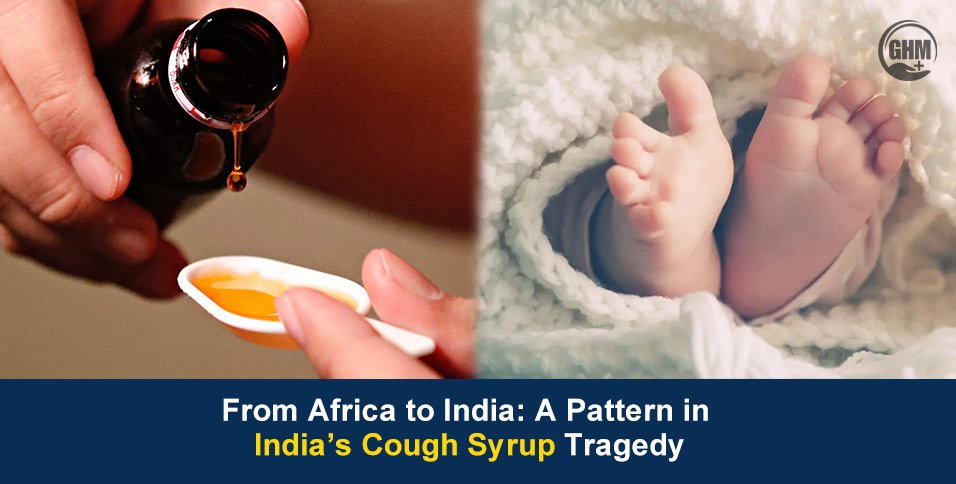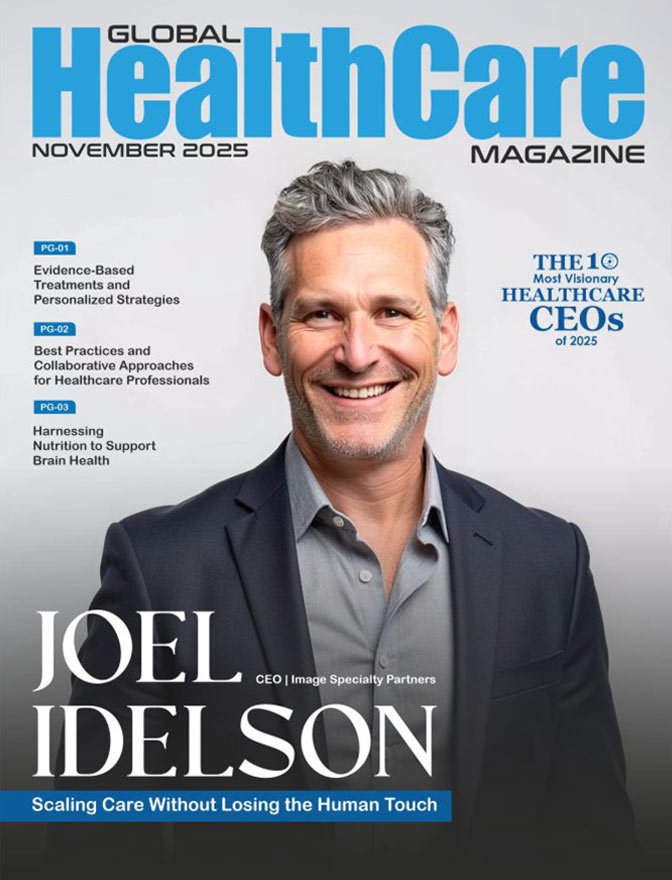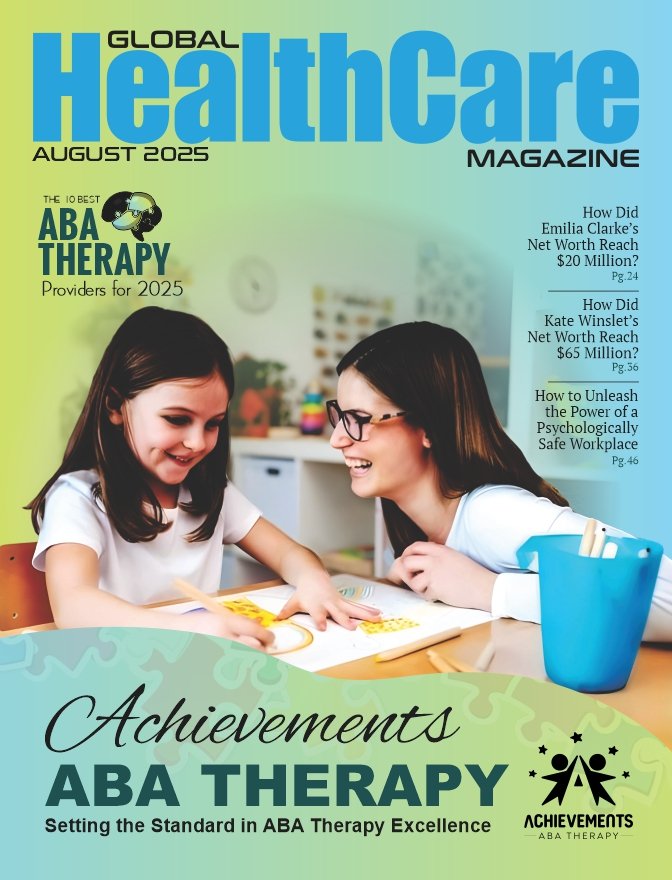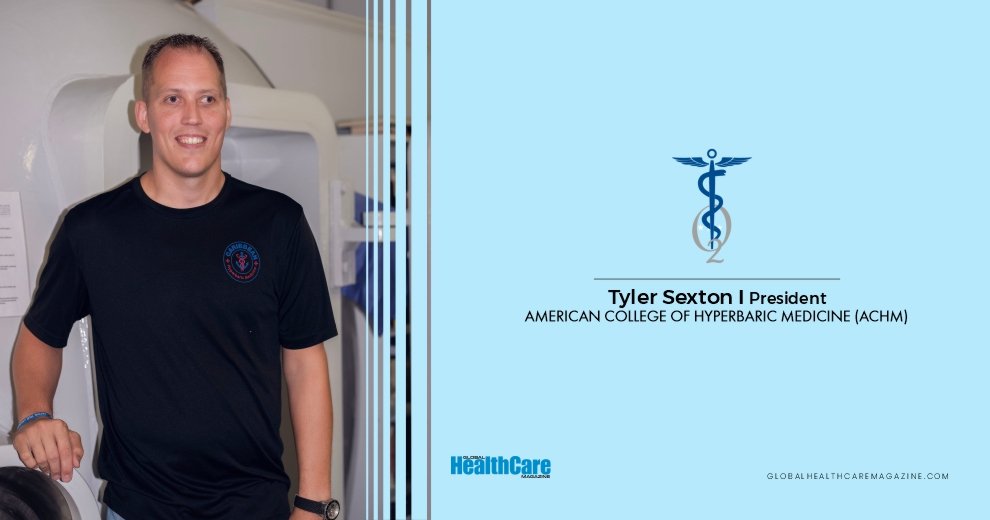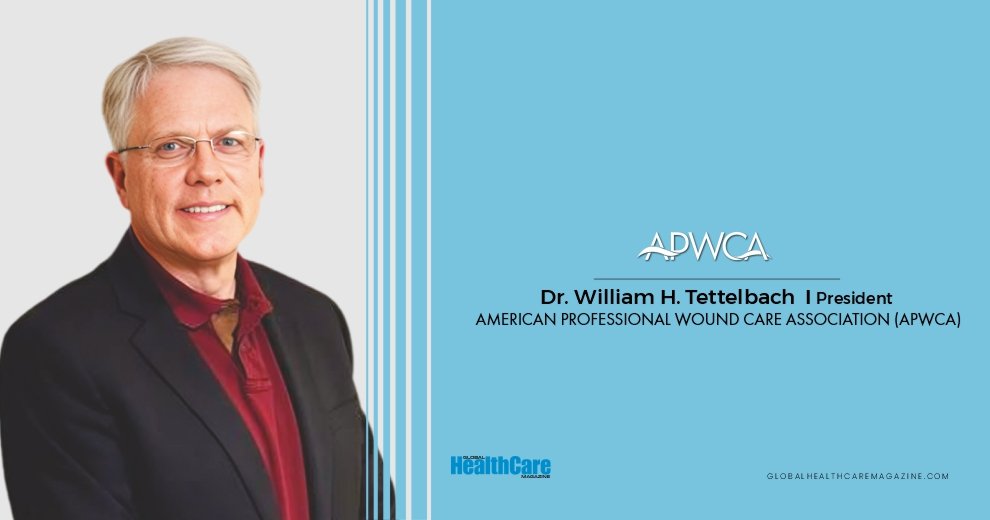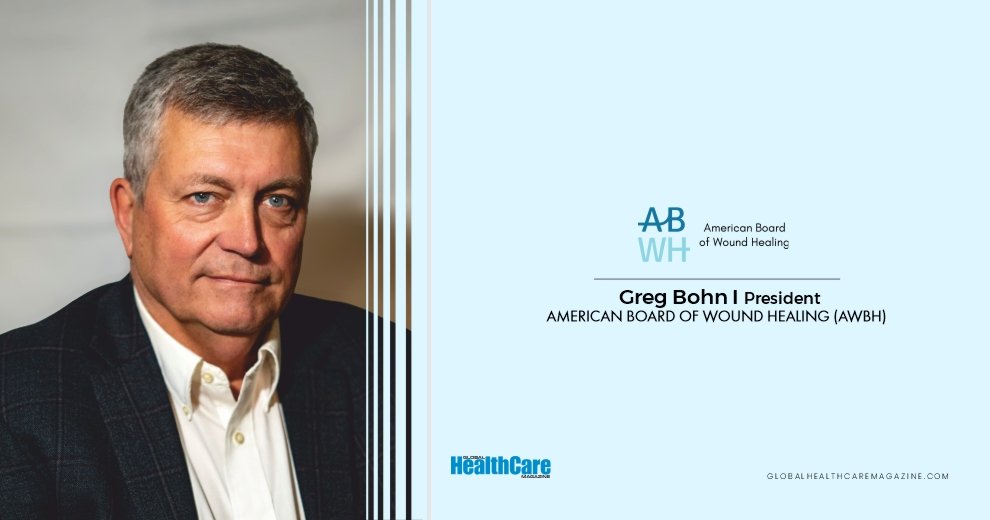The recent World Health Organisation (WHO) alert on India’s cough syrup controversy has once again shaken global confidence in medicine safety. After the tragic deaths of 17 children in India, the WHO warned of serious “regulatory gaps” in drug testing, particularly around toxic chemical screening.
This is not an isolated case. Similar cough syrup-linked deaths have previously devastated families in Gambia and Uzbekistan, pointing to a pattern of weak testing systems, insufficient oversight, and a dangerous global ripple effect.
This article explores how a domestic tragedy in India is part of a bigger international problem, why it matters for global health security, and what can be done to prevent it from repeating.
India’s Cough Syrup Tragedy
- In early October 2025, Indian authorities flagged toxic contamination in two brands of cough syrup, ‘Respifresh and Relife’, after the deaths of young children. Tests found diethylene glycol (DEG), a poisonous chemical, at levels nearly 500 times above the safety limit.
- DEG is a cheap but dangerous solvent sometimes used in place of safer ingredients. Ingestion can lead to kidney failure, brain damage, and even death. It has been linked to multiple mass poisoning incidents globally over the decades.
- India’s drug regulators found that some manufacturers failed to test every batch of raw material and finished products, a legal requirement. WHO noted that domestic testing rules remain weaker compared to export checks, creating a regulatory gap.
Past Global Tragedies
The WHO warning echoes earlier incidents:
- Gambia (2022): More than 70 children died after consuming contaminated cough syrups exported from India.
- Uzbekistan (2022): At least 65 child deaths were linked to another toxic syrup batch made by a different Indian firm.
- Other Cases: Similar DEG poisonings have been documented in Panama (2006) and Haiti (1995).
While the names of companies and countries may change, the underlying failure of inadequate testing and oversight remains the same.
A Global Supply Chain Problem
India is known as the “pharmacy of the world”, supplying generic medicines to more than 150 countries. When safety is in question due to India’s cough syrup, the impact isn’t just domestic, it’s global.
Unlike export syrups, domestic cough syrups face weaker scrutiny, creating risks of contaminated products leaking into both local markets and unregulated exports.
WHO’s callout underlines that supply chain vulnerabilities in one country can have global consequences.
Regulatory Gaps and Unequal Standards
- Export rules tightened after the Gambia tragedy, but domestic drug testing still lags.
- Testing every batch is legally required, but often not enforced.
- WHO described this as a “regulatory gap”, a weak link in an otherwise strong pharma ecosystem.
This two-tier approach, strict for export, loose for domestic, creates opportunities for dangerous products to circulate undetected.
A Repeated Human Cost
The victims are often very young children, the most vulnerable. DEG poisoning can cause organ failure within days.
Families in Gambia, Uzbekistan, and now India have experienced the same devastating story of a trusted cough syrup becoming lethal.
Trust and Global Reputation at Stake
India’s pharmaceutical industry plays a critical role in global health, especially in low- and middle-income countries. Repeated incidents damage trust, trade relations, and public confidence in generic drugs.
WHO and health experts warn that a single weak regulatory link can undermine global medicine safety.
A Shared Global Responsibility
This isn’t just India’s problem. The Gambia and Uzbekistan tragedies proved how easily contaminated medicines can cross borders. Strengthening safety measures in one country protects children worldwide.
Experts say the solution lies in stronger testing standards across the board, not just for exports.
- Mandatory testing for every batch, domestic or exported.
- Transparent reporting of contamination incidents.
- Stronger penalties for non-compliance.
- International cooperation to monitor and trace contaminated products quickly.
WHO’s warning is a wake-up call for India to align domestic drug safety with global standards and for other countries to demand accountability from their suppliers.
Conclusion
The story of India’s cough syrup is not just about one contaminated batch. It is about a pattern of preventable tragedies that spans continents. From Gambia to Uzbekistan to India, the lesson is the same: weak testing costs lives.
As the WHO turns its focus on regulatory gaps, this is the moment for governments, drug manufacturers, and global health agencies to act together. Because when it comes to children’s health, every oversight has a global cost.

